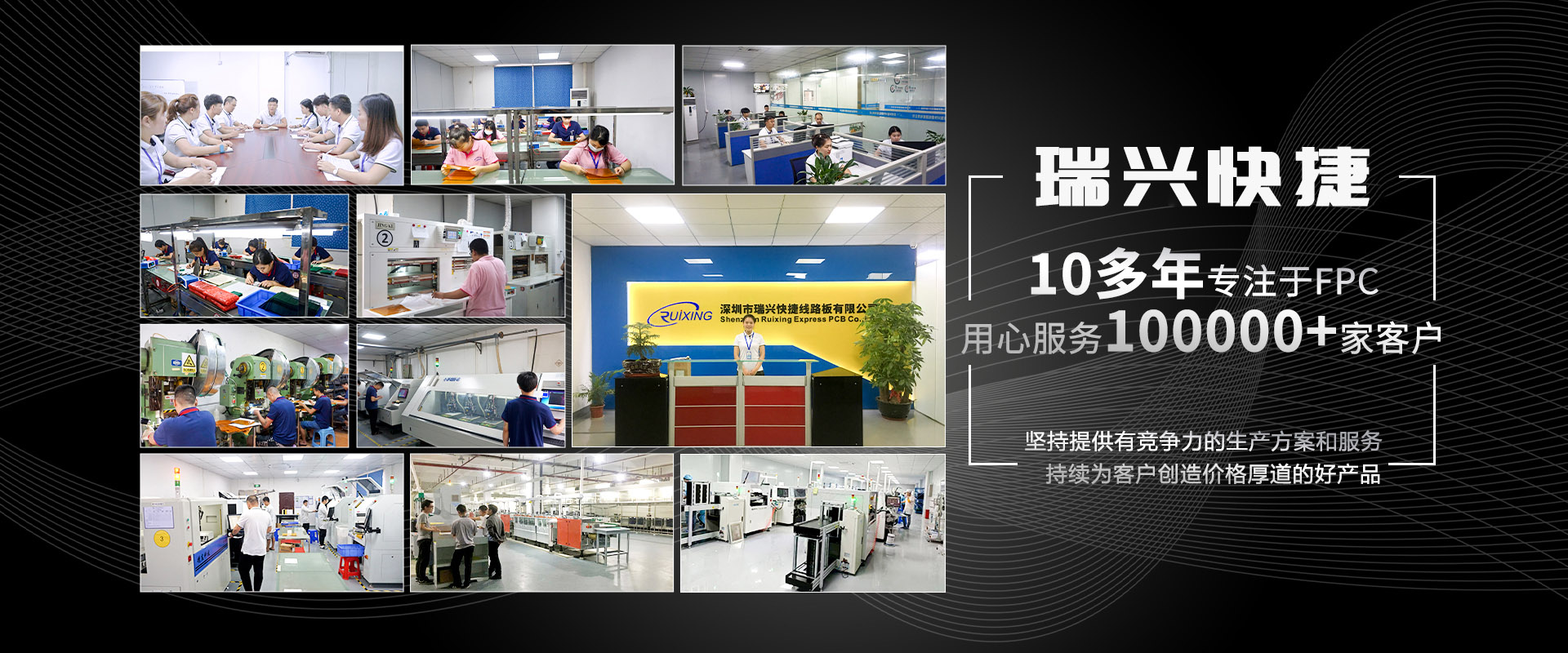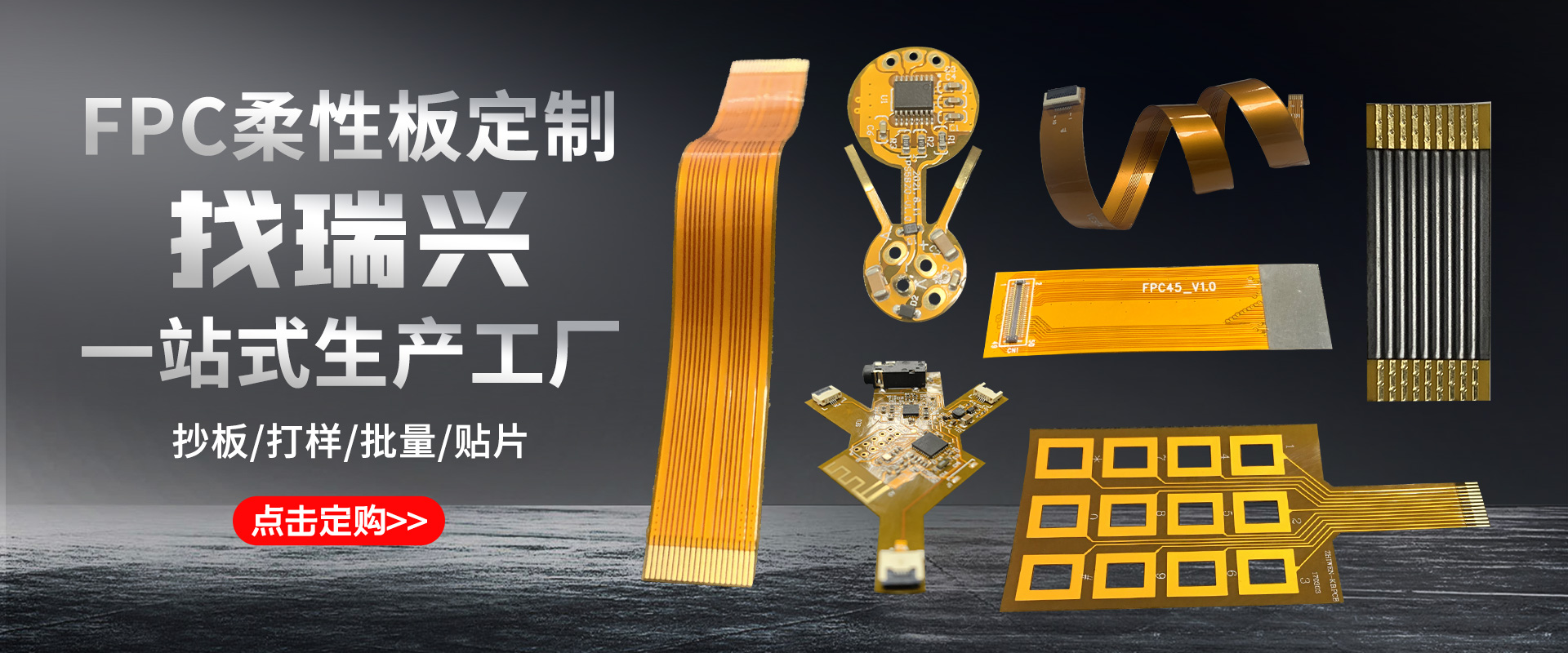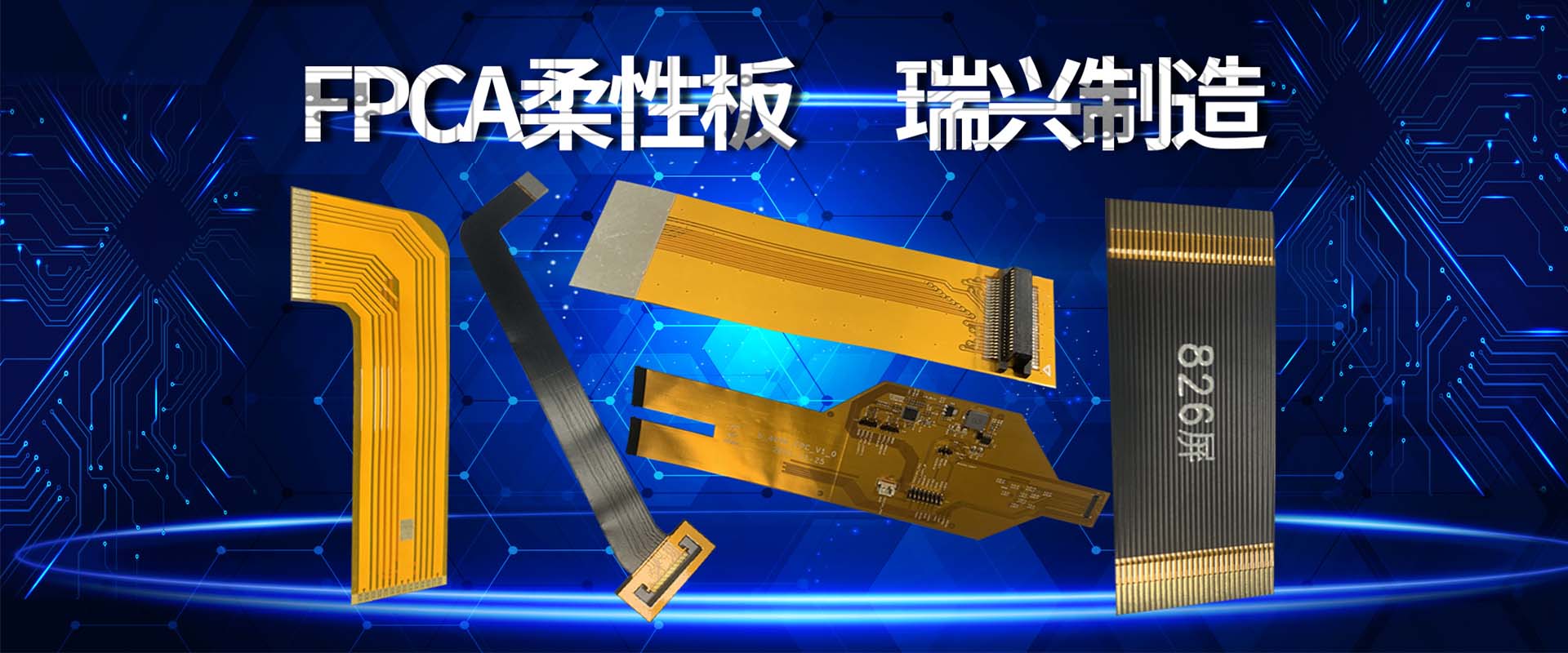
Introduction to the differences between single-sided FPC, double-sided FPC, and multi-layer FPC
The single-sided FPC flexible circuit board has only one layer of chemically etched conductive patterns. The conductive patterns are calendered copper foil materials, and the insulation substrate can be polyimide, polyethylene terephthalate, aramid fiber ester, PVC and other materials. Single sided FPC can be divided into four subcategories: 1 Single sided connection without covering layer; 2. Single sided connection with covering layer; 3. Double sided connection without covering layer; 4. There is a double-sided connection with a covering layer.
The double-sided FPC flexible circuit board is a conductive pattern made by etching on both sides of the insulating base film, which increases the wiring density per unit area. Metallized holes connect the patterns on both sides of the insulation material to form conductive pathways to meet the design and functional requirements of flexibility. And the covering film can protect single and double sided wires and indicate the position of the component placement.
Multilayer FPC flexible circuit boards are made by pressing three or more layers of single-sided or double-sided flexible circuits together, forming metallized holes through drilling and electroplating, and forming conductive paths between different layers. Multilayer FPC circuit boards have significant functional differences in terms of higher reliability, better thermal conductivity, and more convenient assembly performance.







